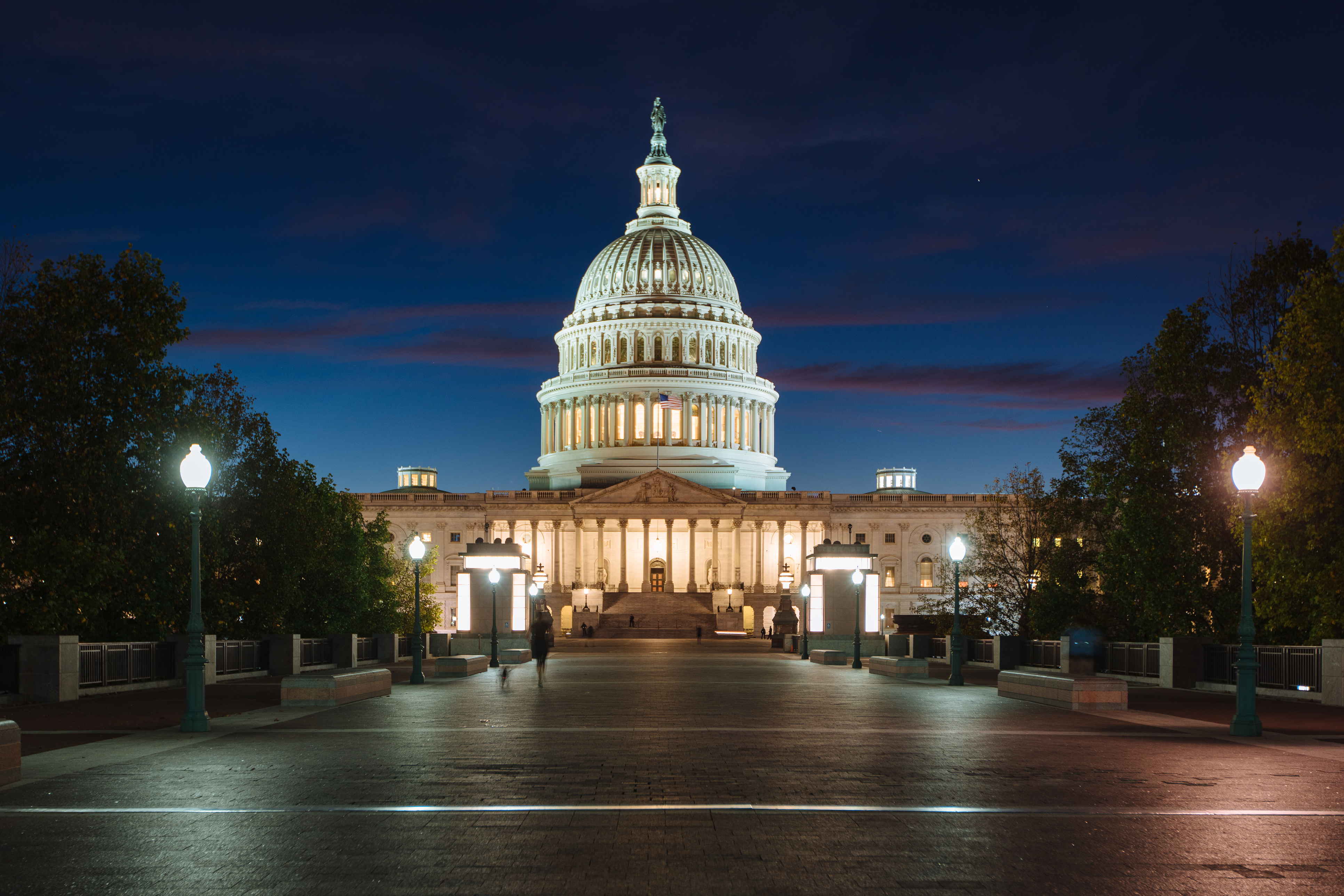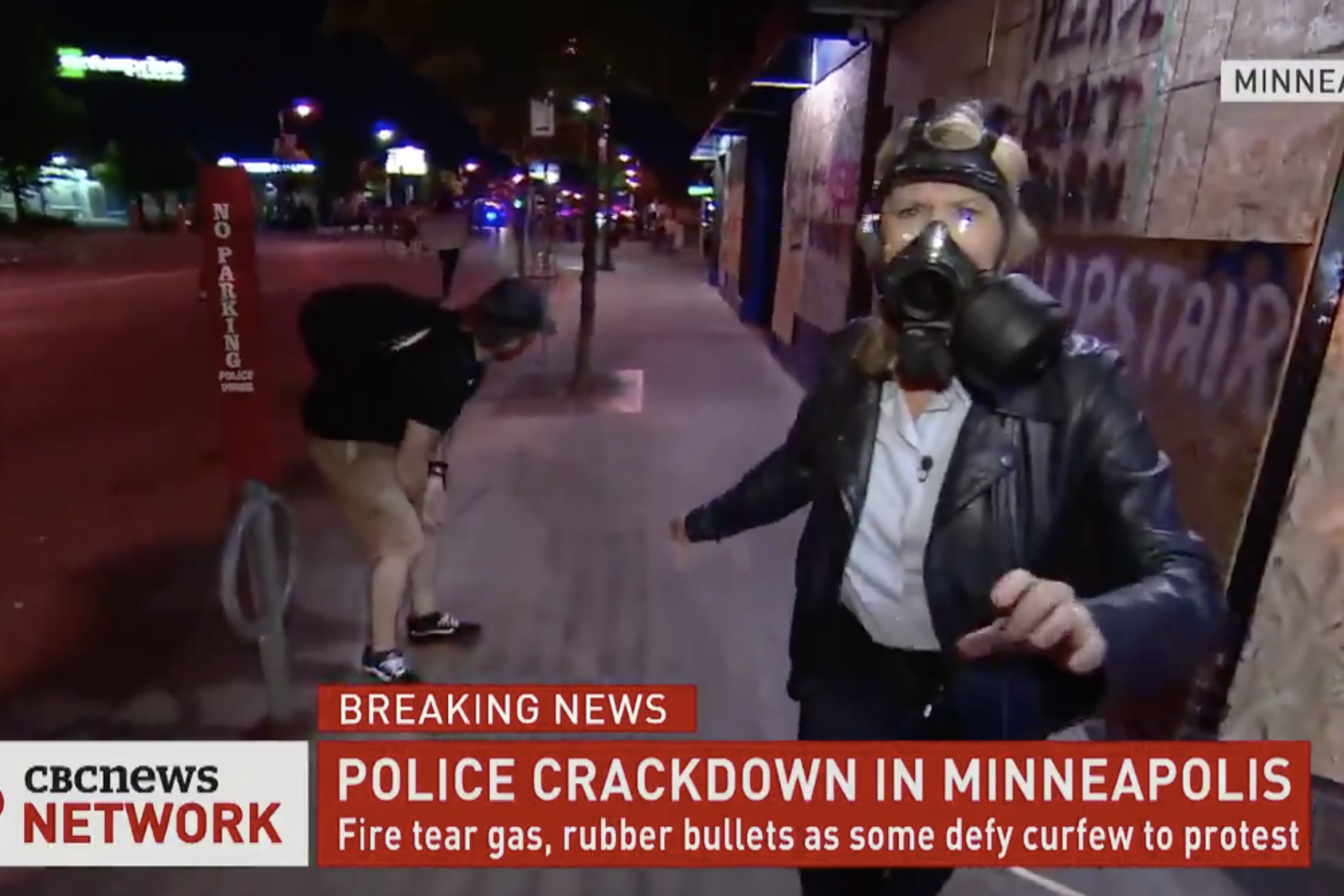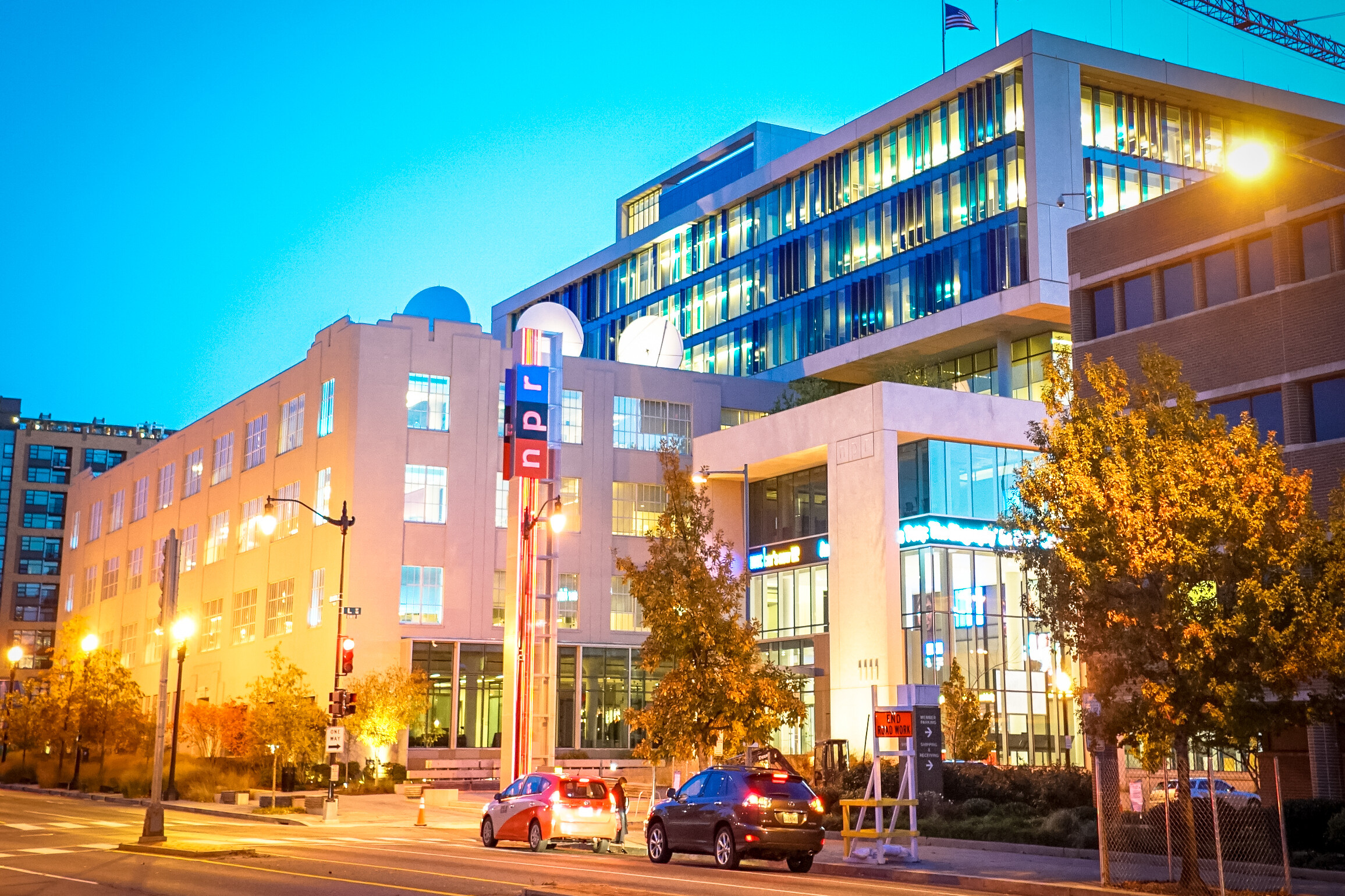Bipartisan support welcomed as the House of Representatives Appropriations Committee endorses more funding for the Corporation of Public Broadcasting (CPB).
The approval means that increased funding of $515million should be available for the CPB in Fiscal Year 2023, an increase of $50million.
This endorsement is crucial to the survival and sustainability of the 1,500 locally managed stations, which rely on the CPB to distribute the majority of their funding.
The committee also recommended level funding of $20million in FY2021 for Interconnection – the distribution network that enables local public media to connect with one another, and provide free programming and essential emergency communications – as well as $30million for the Ready to Learn scheme, which supports the creation of education content for public media.
The announcement comes at a critical time when public media across the US are rapidly adapting and innovating to provide vital information and educational resources as the country grapples with COVID-19.
In a statement, CPB’s CEO and President, Patricia Harrison, welcomed the additional support, saying: “Public media is more essential than ever as Americans look for trusted information to keep their families safe and healthy and for critical at-home learning resources for their children.”
“Every day, stations are providing new resources to underserved families to support distance learning, distributing alerts from local and state officials issuing guidance related to the pandemic, and reporting on the health and economic impact of COVID-19 on different communities. Americans continue to trust public media and are increasingly utilizing its services during this time of need. The federal investment will allow stations and the public media system to continue to innovate and deliver services that meet community needs.”
“Public media is more essential than ever as Americans look for trusted information to keep their families safe and healthy and for critical at-home learning resources for their children.” – Patricia Harrison
Patrick Butler, President and CEO of America’s Public Television Stations, said: “This significant increase of $50 million for CPB will help restore the purchasing power of the federal investment in public television, which had eroded by about $100 million over 10 years of level funding”.
Final approval on federal spending now rests on negotiations with the Senate although House-backed support for additional public media funding should be helpful in achieving this, according to the campaign group Protect My Public Media.
While the House approval is a milestone in the fight for additional long-term funding for US public media, it does little to allay immediate fears following the dramatic impact of COVID-19 on the non-federal income of many stations. The mixed funding model of public media in the US means that many stations are heavily reliant on philanthropic donations and corporate advertising.
The larger national stations have also been hit hard. Since April, NPR has implemented a series of pay cuts and other concessions due to the decline in advertising sales as companies cut marketing costs and fewer commuters tune in. It is now projecting a deficit of $30-43million in its next fiscal year according to the The Washington Post.
While the COVID-19 pandemic has clearly demonstrated the value of objective, independent public media in the US – particularly on a local level – it has also highlighted its vulnerability.
The Public Media Alliance will continue to report on these unfolding developments and supports calls for additional and emergency funding to support independent public media in the United States.
Header Image: North Capitol Street, Washington, DC, the national headquarters of National Public Radio. Credits: Ted Eytan/Creative Commons
Related Posts
22nd July 2020
Congress proposes additional federal funding for US public media
The additional funding proposals come…
2nd June 2020
The Public Media Alliance condemns attacks on journalists and media workers during protests in the USA
As Black Lives Matter protests spread…
3rd March 2020
What would be lost if Trump’s plans for public media succeed?
For the fourth year in a row President…
14th February 2020
Latest Trump budget eliminates funding for public media
The Public Media Alliance is once again…


